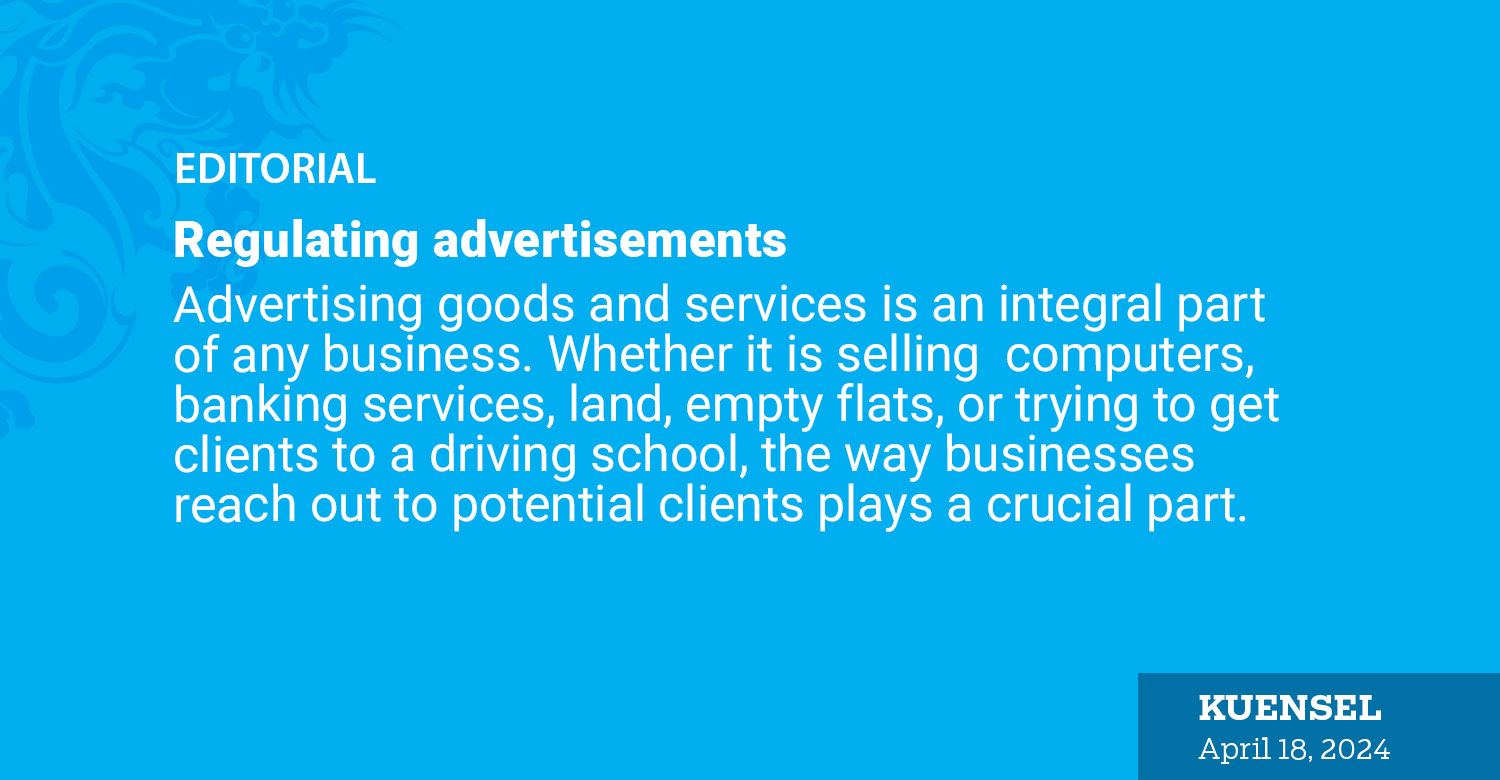Advertising goods and services is an integral part of any business. Whether it is selling computers, banking services, land, empty flats, or trying to get clients to a driving school, the way businesses reach out to potential clients plays a crucial part.
Advertising in the audio-visual and print media is an old phenomenon. Mediums today are unlimited. We can advertise our goods and services through social media, mainstream media, or by sticking a banner on the body of a car. The target is to hit the eyeball of those wanting to avail goods or services.
Social media has been effective to a large extent in cutting costs, even with challenges associated with it. Quite often, advertisements on social media, advertisers say, are not taken seriously if not subjected to criticism and unwanted attention from unregulated comments.
Advertising goods and services on public transport is quite effective, as bored commuters are bombarded with advertisements. It is common all over the world, with some countries even allowing taxis to advertise gentlemen or women’s clubs. Some may see it is a push factor while others could be easily convinced.
In Bhutan, we are different. We have regulations. For instance, the mainstream media cannot advertise alcohol and tobacco because these products, even if they can bring millions in easy revenue, are not good for society. Giant billboards are prohibited and there is a standard size for signboards for all businesses.
Regulations are good to not influence people or drive consumerism. But it has to be uniform. It is not fair, like some say, to not let a driving school carry the contact number of the business on its training cars and let the public transport cover, head to toe, in advertisements.
Advertisements drive consumerism whether it is the latest iPhone or the instant noodle. The argument is that some advertisements are approved by authorities. The city bus service, short of budget, can earn some revenue to improve its services. This is totally fine. But not letting others even stick a logo of the company is a contradiction.
The logic should not be the approval, but the intent of letting some do it or denying others. Billboards and other mediums are restricted for genuine reasons like restricting consumerism. We take pride in being different. Lack of billboards and public transport not advertising products is one of them.
Billboards, banners, and stickers on the vehicle’s bonnet, windows, and rear are restricted to prevent distractions for other drivers on the road. Will a billboard or a sticker with approvals not distract other drivers is what others are questioning.
The intent of a regulation should not be assessed by who got the approval of the authority or the amount revenue earned.


